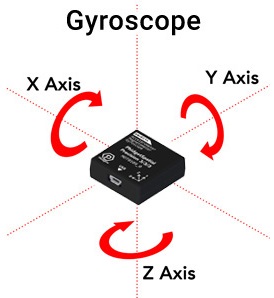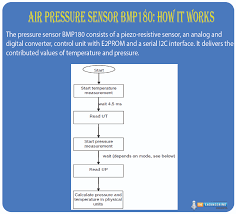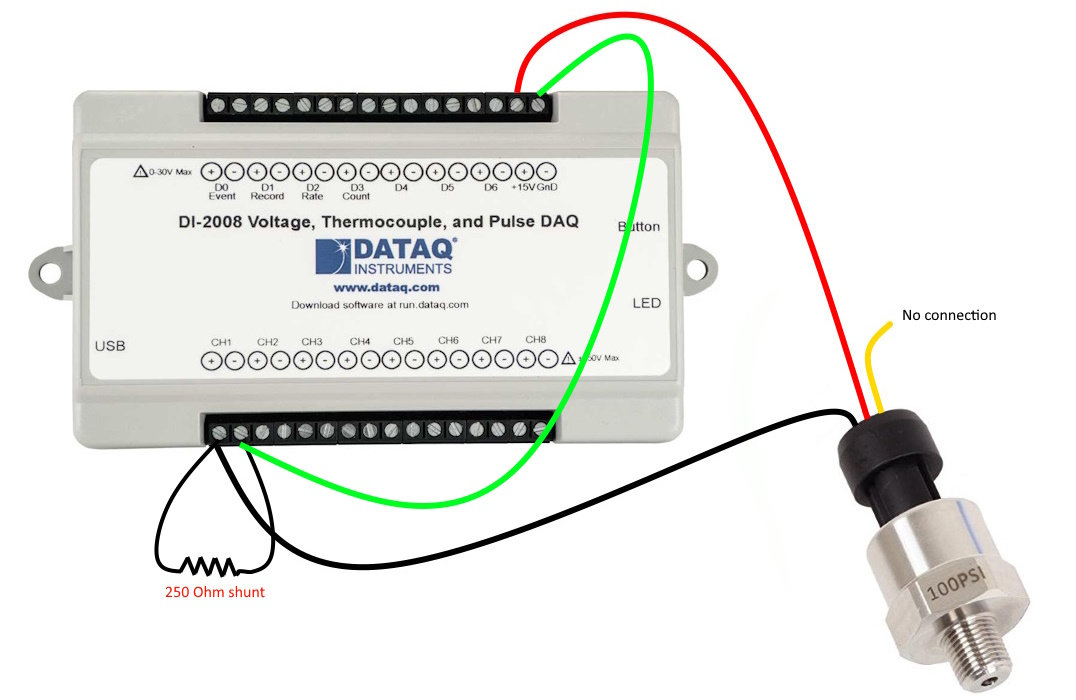How to read solar radiation levels with a pyranometer?
Solar radiation levels play a crucial role in various industries, including agriculture, weather forecasting, and renewable energy. Pyranometers are devices used to measure solar radiation levels, providing valuable data for understanding the intensity and distribution of sunlight. In this article, we will discuss how to read solar radiation levels with a pyranometer.
What is a pyranometer?
A pyranometer is a sensor designed to measure the solar radiation flux density (W/m²) from the sun to the Earth’s surface. It consists of a thermopile detector that converts solar radiation into an electrical signal, which can be recorded and analyzed to determine the amount of solar energy received at a particular location. Pyranometers are commonly used in meteorological stations, solar energy systems, and environmental monitoring.
How does a pyranometer work?
Pyranometers work on the principle of converting the energy from sunlight into heat, which generates an electrical current proportional to the solar radiation received. The thermopile detector inside the pyranometer absorbs the solar radiation, causing the temperature difference across the thermocouples and generating an electrical signal. This signal is then measured and converted into solar radiation levels in watts per square meter.
Reading solar radiation levels with a pyranometer
To read solar radiation levels with a pyranometer, follow these steps:
- Place the pyranometer in an open space with minimal obstructions to sunlight.
- Ensure that the pyranometer is properly calibrated and oriented towards the sun.
- Record the electrical signal output from the pyranometer.
- Convert the electrical signal into solar radiation levels using the calibration factor of the pyranometer.
- Monitor and log the solar radiation levels at regular intervals to track variations throughout the day.
Applications of pyranometers
Pyranometers have several applications in different fields, including:
- Weather forecasting and climate research
- Solar energy system performance monitoring
- Agricultural management and crop yield prediction
- Environmental monitoring and pollution control
By reading solar radiation levels with a pyranometer, researchers, farmers, and engineers can make informed decisions related to energy production, resource management, and environmental sustainability. Understanding the intensity and distribution of solar radiation is essential for optimizing the use of solar energy resources and minimizing environmental impacts.
In conclusion, pyranometers are valuable tools for measuring solar radiation levels and providing essential data for various applications. By following the steps outlined in this article, you can effectively read and interpret solar radiation levels with a pyranometer, contributing to the advancement of solar energy technology and environmental conservation efforts.
How to read solar radiation levels with a pyranometer?
Solar radiation levels play a crucial role in various industries, including agriculture, weather forecasting, and renewable energy. Pyranometers are devices used to measure solar radiation levels, providing valuable data for understanding the intensity and distribution of sunlight. In this article, we will discuss how to read solar radiation levels with a pyranometer.
What is a pyranometer?
A pyranometer is a sensor designed to measure the solar radiation flux density (W/m²) from the sun to the Earth’s surface. It consists of a thermopile detector that converts solar radiation into an electrical signal, which can be recorded and analyzed to determine the amount of solar energy received at a particular location. Pyranometers are commonly used in meteorological stations, solar energy systems, and environmental monitoring.
How does a pyranometer work?
Pyranometers work on the principle of converting the energy from sunlight into heat, which generates an electrical current proportional to the solar radiation received. The thermopile detector inside the pyranometer absorbs the solar radiation, causing the temperature difference across the thermocouples and generating an electrical signal. This signal is then measured and converted into solar radiation levels in watts per square meter.
Reading solar radiation levels with a pyranometer
To read solar radiation levels with a pyranometer, follow these steps:
- Place the pyranometer in an open space with minimal obstructions to sunlight.
- Ensure that the pyranometer is properly calibrated and oriented towards the sun.
- Record the electrical signal output from the pyranometer.
- Convert the electrical signal into solar radiation levels using the calibration factor of the pyranometer.
- Monitor and log the solar radiation levels at regular intervals to track variations throughout the day.
Applications of pyranometers
Pyranometers have several applications in different fields, including:
- Weather forecasting and climate research
- Solar energy system performance monitoring
- Agricultural management and crop yield prediction
- Environmental monitoring and pollution control
By reading solar radiation levels with a pyranometer, researchers, farmers, and engineers can make informed decisions related to energy production, resource management, and environmental sustainability. Understanding the intensity and distribution of solar radiation is essential for optimizing the use of solar energy resources and minimizing environmental impacts.
In conclusion, pyranometers are valuable tools for measuring solar radiation levels and providing essential data for various applications. By following the steps outlined in this article, you can effectively read and interpret solar radiation levels with a pyranometer, contributing to the advancement of solar energy technology and environmental conservation efforts.



